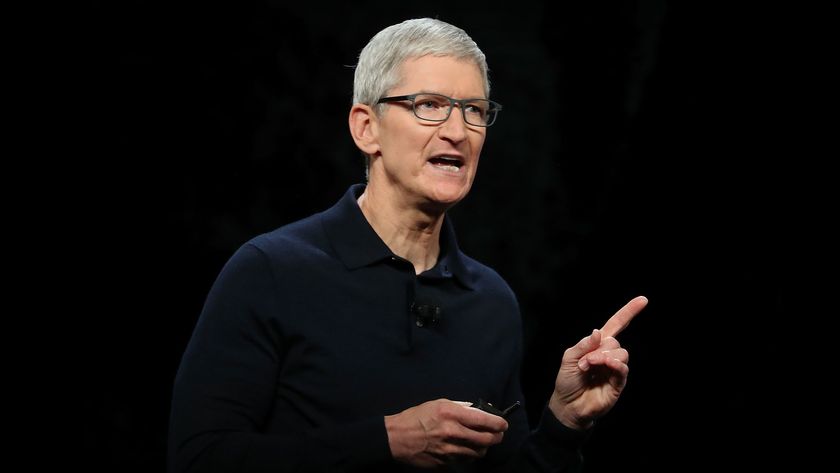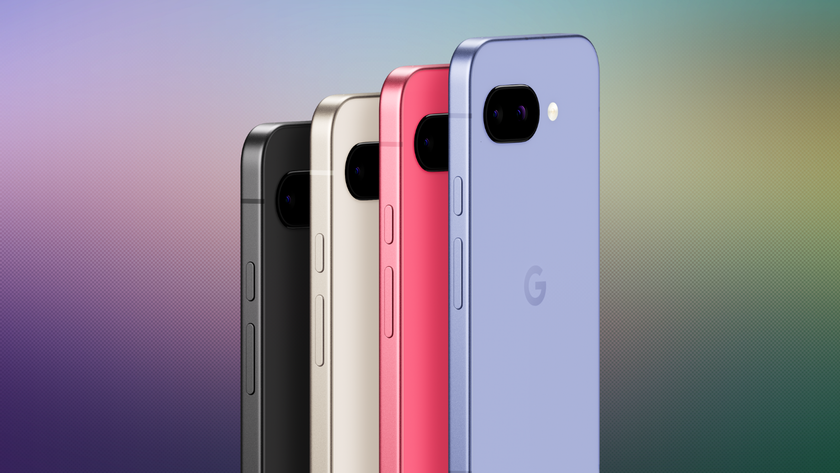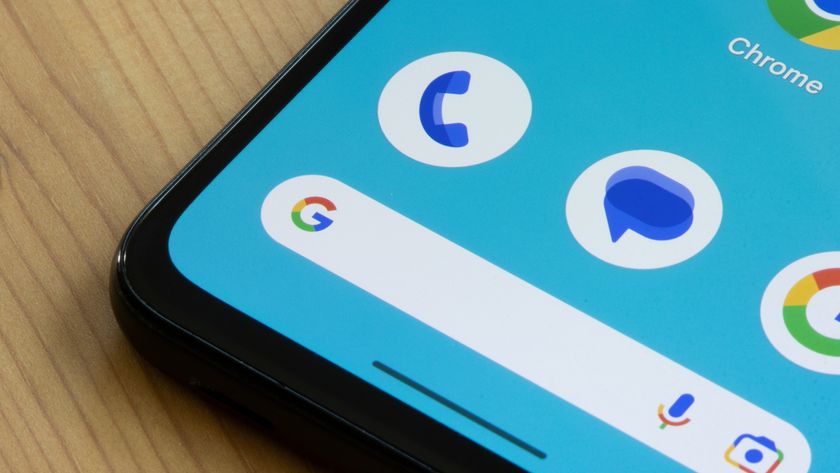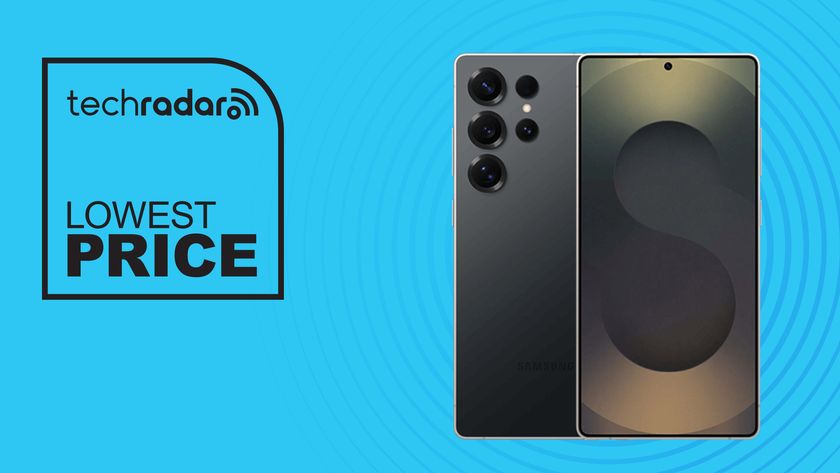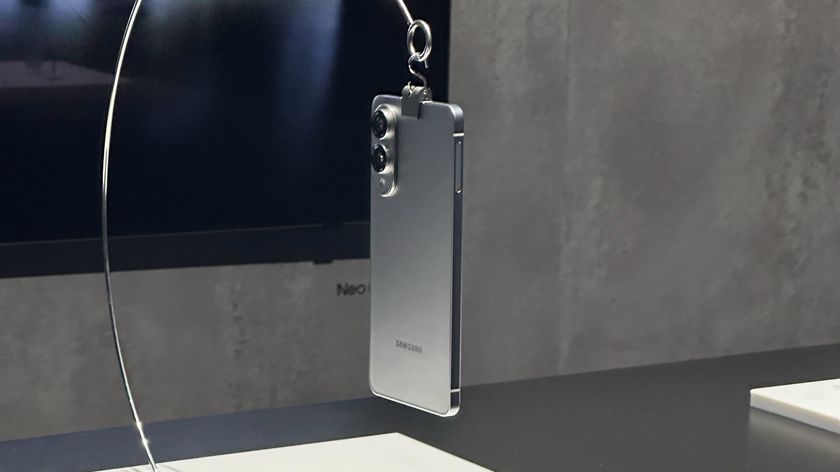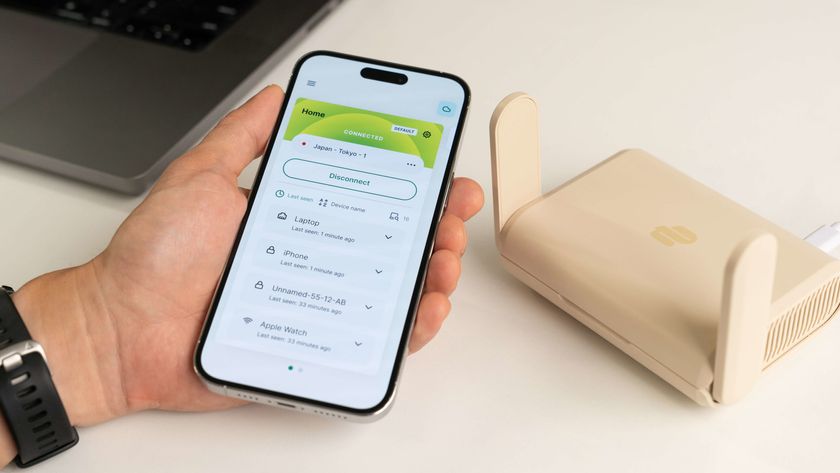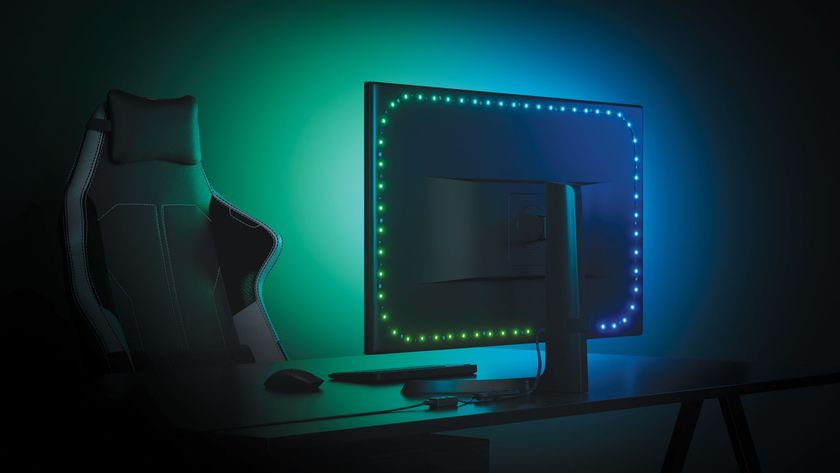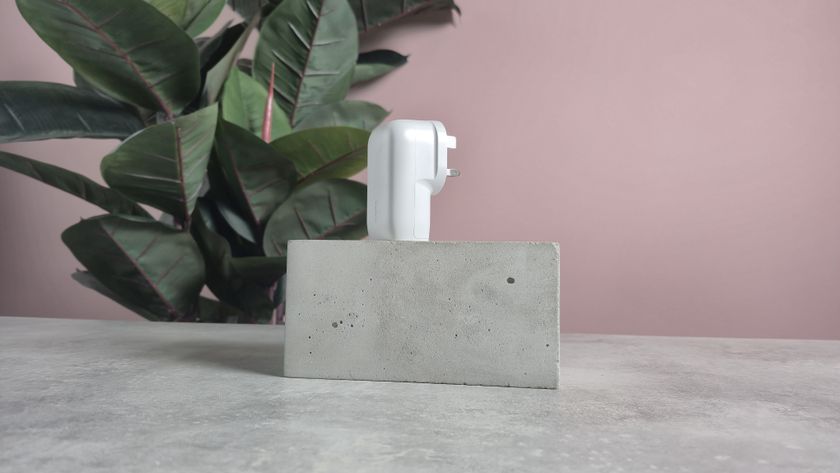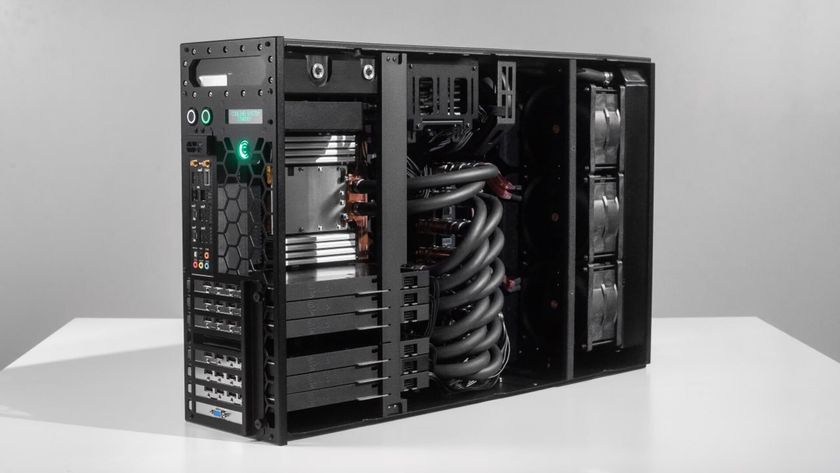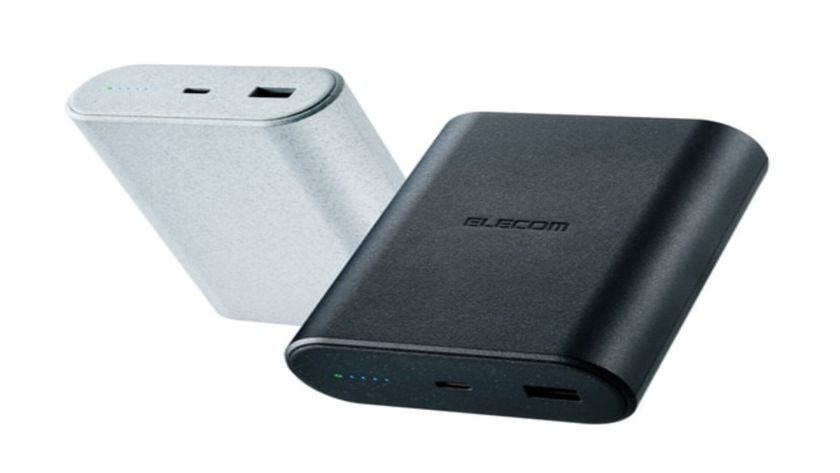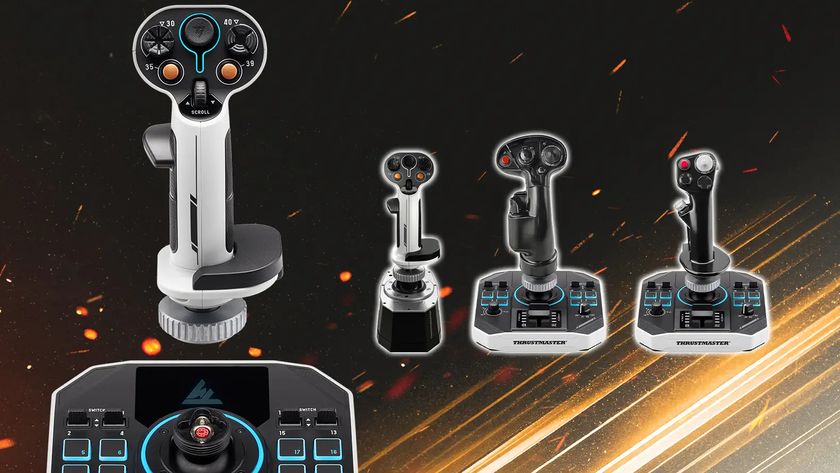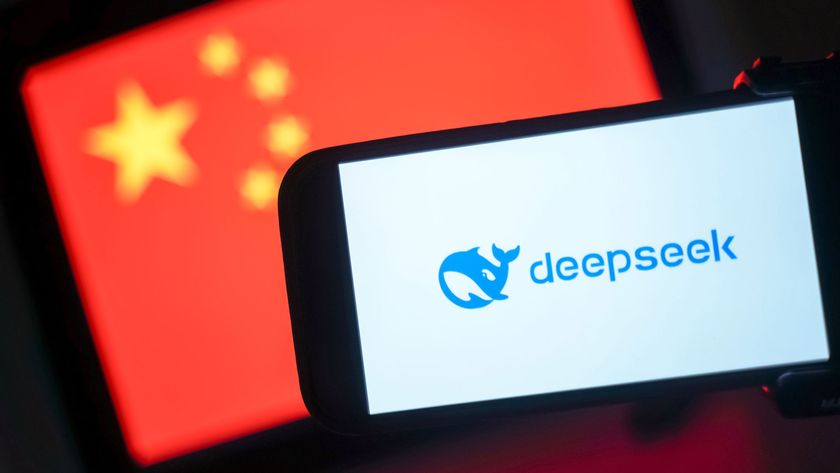Microsoft wants to convert your Android Phone to Windows 10
But can it convince users to make the switch?
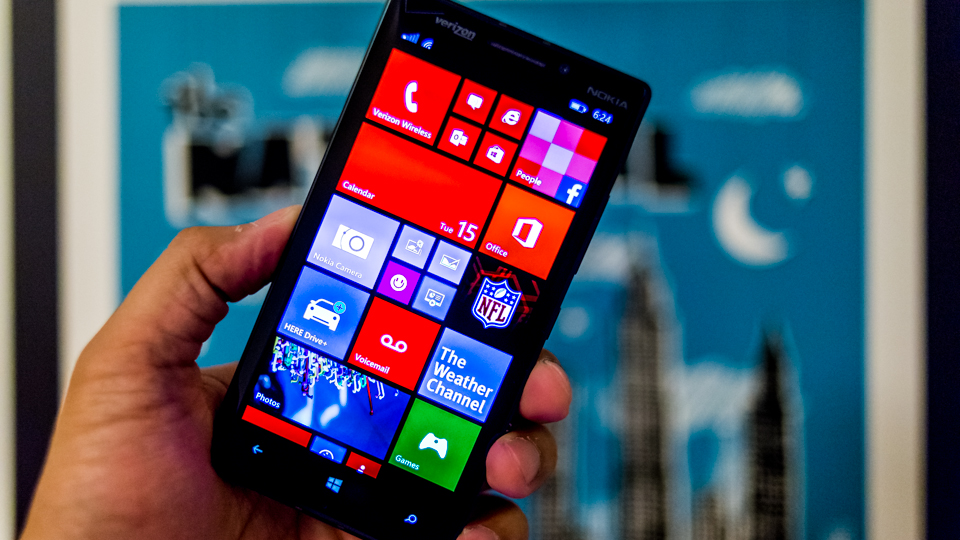
Update: We reached out to Microsoft for comment on its plans for bringing Windows 10 to Android devices, but they declined. We have been promised that we'll be kept updated on any further developments.
Original story follows...
It looks like Microsoft has big hopes for its upcoming Windows 10 Mobile operating system, with the Redmond company recently disclosing that its trialing a version of Windows 10 that can be installed on Android devices.
The trial is being run with a select group of owners of the Xiaomi Mi 4, a pretty impressive Android smartphone. Microsoft has created a custom ROM designed to completely replace the Android operating system, much like CyanogenMod. However where CyanogenMod is still heavily based on stock Android, Microsoft's ROM will be based on Windows 10.
This means that after installing the Windows 10 ROM on the Xiaomi Mi 4, users will restart to find no trace of Android. Instead, they'll see an operating system that looks and behaves like Windows 10, complete with all of Microsoft's apps and services.
It won't quite be exactly the same as running Windows 10 on a Windows Phone, but for all intents and purposes it will offer an almost identical experience.
Method to Microsoft's madness
By creating a custom ROM for Android devices, Microsoft could easily port its new operating system to a wide range of existing smartphones and tablets, rather than waiting for phone manufacturers to make their own Windows Phones - which doesn't happen very often.
Get daily insight, inspiration and deals in your inbox
Sign up for breaking news, reviews, opinion, top tech deals, and more.
It could also explain why a partnership between Microsoft and Cyanogen was previously touted, with Microsoft rumoured to be investing $70 million (about £46m, AU$90m). Although the investment never transpired, at the time we did wonder why Microsoft would want to throw money at an Android ROM.
By offering the Windows 10 ROM to owners of the Xiaomi Mi 4, Microsoft can gauge how Android owners take to Windows 10. As Microsoft explained in a statement, "Xiaomi Mi4 users will get the ability to flash their phones with the new Windows 10 OS and provide feedback to Xiaomi and Microsoft on their experience."
The choice of a Chinese brand is no coincidence either, as Chinese consumers are more willing to install custom ROMs on their devices, with a number of Android alternatives freely available. The appeal of getting apps that are otherwise restricted on the official Google Play Store in China often sways people to download an alternative.
But what's in it for Xiaomi? The company isn't particularly wedded to Google, despite using Android as its operating system, but Xiaomi has been keen to stress that this is not a political move; it simply wants to offer its customers more choice.
Would you make the switch?
Gauging how Android users react to Windows 10 will give Microsoft a good idea of the challenges it will face when trying to convince people to make the switch.
Making the process of switching operating systems as simple as possible is a good start, and if the Windows 10 ROM remains free, people might want to try it out before discounting Windows 10. That in itself would be a win for Microsoft.
It should be under no illusions that it will have a struggle on its hands to get Android users to move over, but with an improved app ecosystem and better synergy between Windows 10 desktop and mobile devices, Microsoft could be on the right path.
At last! Microsoft has finally given Windows 10 a release date
Via TechCrunch and Microsoft

Matt is TechRadar's Managing Editor for Core Tech, looking after computing and mobile technology. Having written for a number of publications such as PC Plus, PC Format, T3 and Linux Format, there's no aspect of technology that Matt isn't passionate about, especially computing and PC gaming. He’s personally reviewed and used most of the laptops in our best laptops guide - and since joining TechRadar in 2014, he's reviewed over 250 laptops and computing accessories personally.
